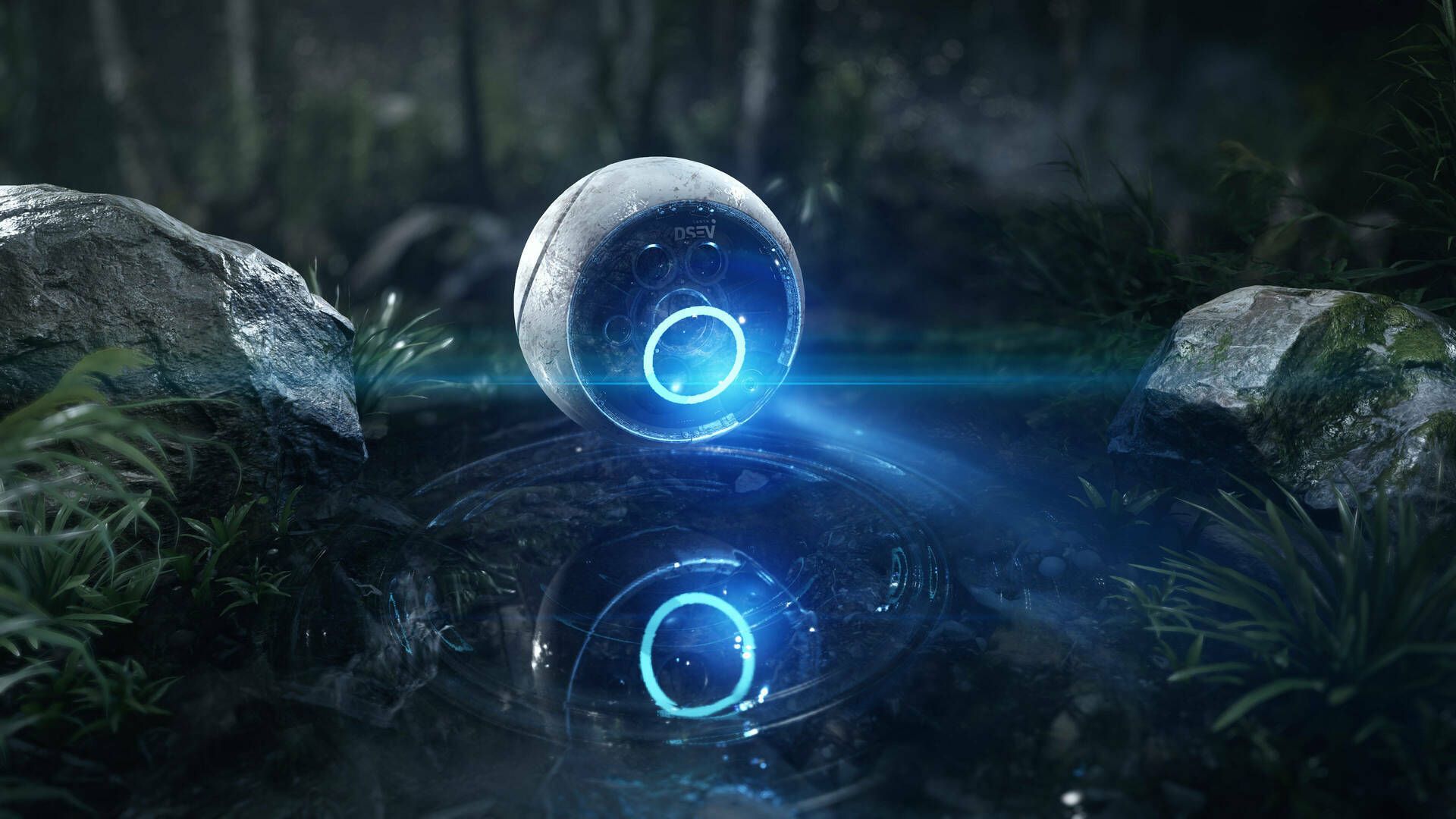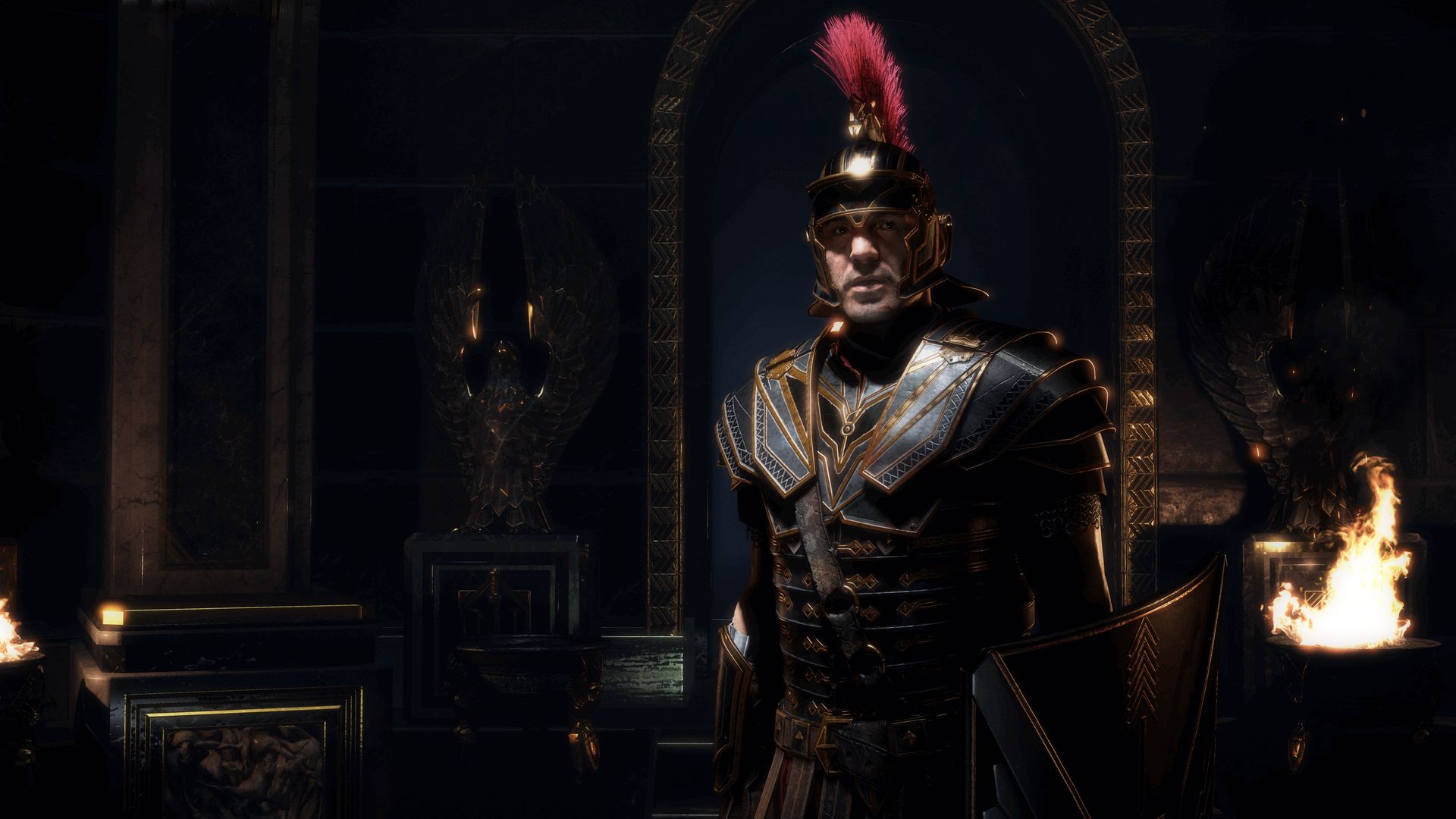
Visuals
Area Lights
Improve your environment’s aesthetics with realistic light sources
This type of light is explicitly modelled as an area with a specific shape, resulting in far more realism than traditional punctual light sources. Area lights deliver a better representation of how light behaves.
DirectX 12 Support
Push gamers' hardware to new heights
Microsoft’s DirectX 12 low-level API allows developers to get tomorrow’s performance out of today’s hardware. Thanks to CRYENGINE V’s newly introduced DirectX 12 support, developers will be able to get the most out of CRYENGINE’s famous performance and state-of-the-art visuals.
Physically Based Rendering
Create realistic surfaces with CRYENGINE’s powerful PBR material and lighting system
CRYENGINE’s Physically Based Rendering model simulates the interaction between light and materials using real-world physics.
Replicating how light behaves in the real world leads to more natural and believable results and ensures that materials look plausible, regardless of lighting conditions. The result is greater consistency and a more immersive world.
A benefit of applying physically based models is that fewer parameters are required to achieve effects, leading to a more streamlined and approachable content creation workflow.
Real-Time Dynamic Water Caustics
Create stunning water surfaces, easily
CRYENGINE water volumes and rivers support a unified caustics approach. These capture 1:1 caustics from the water surface, which combine with water ripples from objects interacting with the water to create an astonishingly believable effect.
Tessellation
Powerful tessellation options ensure environments look convincing right down to the last detail
CRYENGINE supports hardware-accelerated tessellation on all meshes, including animated characters. The three different types of tessellation supported are Phong, PN Triangles, and Displacement Mapping.
The first two tessellation methods are designed for mesh refinement, taking a coarse low-poly model and using tessellation to create a higher-fidelity, realistic-looking mesh. The third and most prominent type of tessellation is Displacement Mapping. This technique offers the most control over strength and where the displacement occurs through a heightmap.
All of these methods are editable in real-time in CRYENGINE Sandbox, which means artists can easily decide which assets should use such features, finding the ideal balance between visual fidelity and performance.
3D HDR Lens Flares
Orchestrate evocative moments by easily adding and editing lens flares that inspire awe
To achieve a stylized look within CRYENGINE, a system called Composite 3D Lens Flares is used, producing flares similar to those used in the film industry in a simple and intuitive way. Using the built in Flare Editor, it's possible to load presets with a single click, and to add to or remove elements for the perfect look.
The editor is designed to provide instant visual feedback using the "What You See is What You Play" method. Developers can even combine multiple presets to create the ultimate lens flare. Composite lens flares can be applied to any light source in a level, including the sun.
Efficient Anti-Aliasing
Stamp out rough edges by employing techniques designed to make pixelation a thing of the past
Our latest iteration of anti-aliasing introduces a powerful set of techniques that minimize pixel crawling and deliver a stable image. Battle-proven in Ryse, CRYENGINE features a sophisticated temporal Anti-Aliasing solution that is efficient enough to run on all platforms.
Pre-processing of roughness maps ensures that specular aliasing is minimized, while an optional screen-space normal variance filter fixes flickering highlights on thin geometry. Additional super-sampling is available for when the highest possible image fidelity is desired.
Motion Blur and Depth of Field
Broaden players' horizons with environmental effects that give more depth to your world
Motion Blur can be applied both to individual objects (object based) and to the entire scene (screen-based), while depth-of-field effects can be defined easily within the Sandbox Editor. CRYENGINE now implements the highest quality for these effects at a low performance cost, across all supported platforms.
Real-Time Local Reflections
Mirror reality. Ensure the objects in your world accurately cast and capture reflections
Reflections are one of the biggest challenges to render in real-time, particularly for engines with deferred rendering. CRYENGINE provides you with our stunning reflection technology, Screen Space Reflections (SSR).
SSR approximates ray-traced HDR reflections local to objects, which allows for any kind of surface in the scene to reflect its nearby surroundings efficiently in real-time.
Realistic Vegetation
Fill your world with lush, lifelike vegetation which moves and reacts to every interaction
Ryse and Crysis 3 both used of a mix of urban and natural environments, demanding more improvements to the already robust vegetation system in CRYENGINE. The improved vegetation system allows for massive amounts of vegetation to accurately reflect physical forces within the world. This feature introduces an immense amount of life to usually static scenes.
This technique can simulate down to individual blades of grass and interact with the player, AI, dynamic objects, explosions and wind. Interactions such as these between rendering and physics systems are only possible due to the unique all-in-one nature of CRYENGINE.
Voxel-Based Global Illumination (SVOGI)
Let light work for you, with real-time Global Illumination
Our Voxel-Based Global Illumination system extends the existing Image-Based Lighting (IBL) with large-scale ambient occlusion and real-time indirect light bounce, taking CRYENGINE’s lighting system to a whole new, photorealistic level.
Compared to traditional pre-baked solutions, Voxel-Based Global Illumination does not require any long pre-computation or disk storage. This means it can be used for huge open-world environments with a dynamic time of day, while also streamlining level design for developers by allowing them to immediately test their lighting in real-time.
Per-Object Shadow Maps
Add extra definition to specific shadows and enhance the fidelity of any setting
Create custom shadow maps which can be assigned to any specified entity in the level. This can result in increased shadow quality due to higher world space shadow texel density and reduced depth range. It's particularly useful for cutscenes or including extra shadow definition on specific objects. This function is available through a dedicated Flowgraph node, which gives designers easy access to the best quality real-time dynamic shadows available.
Screen Space Directional Occlusion
Darkness and light will bend to your will as you take detailed control of how shadows are cast
Crytek introduced Screen Space Ambient Occlusion in real-time gaming and now enhances it with the new technique of Screen Space Directional Occlusion (SSDO). SSDO allows any number of lights to be included in the calculation of Ambient Occlusion and for the color of all lights to be taken into account. SSDO improves physical lighting accuracy and ultimately allows contact shadows to be cast from every single light source in the environment.
HDR Filmic Tone Mapping
Precision control for lighting artists
The latest version of the tone mapper introduces a user-controlled HDR curve to better mimic the behavior of filmic tone reproduction. These new settings allow lighting artists to precisely adjust the slope at the tip and base of the curve, as well as adjusting the bright and dark values.
This feature allows for a wider tonal range, with the ability to improve definition on the dark, light, and mid-tones in a straightforward way, providing better control for the lighting artist on the exposure of the scene.
Image Based Lighting
Capture the true character of surfaces to add startling authenticity to environments
Image Based Lighting (IBL) brings lighting and rendering consistency to all materials. CRYENGINE’s shading model uses advanced Bidirectional Reflectance Distribution Function values and normalization of specular highlights to render very complex lighting situations.
Different from a more traditional setup, IBL makes use of the specular reflectance and roughness of materials, to return a more physically correct appearance. Hard specular reflections become as simple as a single texture lookup, while blurry reflections can be approximated efficiently by adjusting the mipmap level during the lookup.
Particle Effect System
Higher particle throughput than ever before
With our state-of-the-art Particle System that will optionally offload particle management and processing to the GPU, developers can achieve significantly higher particle throughput for expensive effects, further improving performance while building stunning worlds for gamers to explore.
Volumetric Fog Shadows
Cast shadows into fog and add an extra level of atmospheric authenticity to any environment
CRYENGINE uses an innovative technique for global fog and cloud shadows to massively enhance the atmospheric conditions within a foggy environment. This feature is extremely powerful as it renders shadows from objects and clouds into the volumetric fog itself; all in conjunction with the already robust Time of Day system.
Parallax Occlusion Mapping
Save those poly counts and keep the definition of a more complex mesh
We provide several techniques, aside from Tessellation, to give your materials more spatial definition. Parallax Occlusion Mapping (POM) and Offset Bump Mapping (OBM) are similar to existing Tessellation and Displacement techniques but are much less expensive. With the advanced Silhouette Parallax Occlusion Mapping option, not only can you create the effect of a 3D surface, but it also affects the silhouette, or rendered geometry, of the surface it is applied to.

















